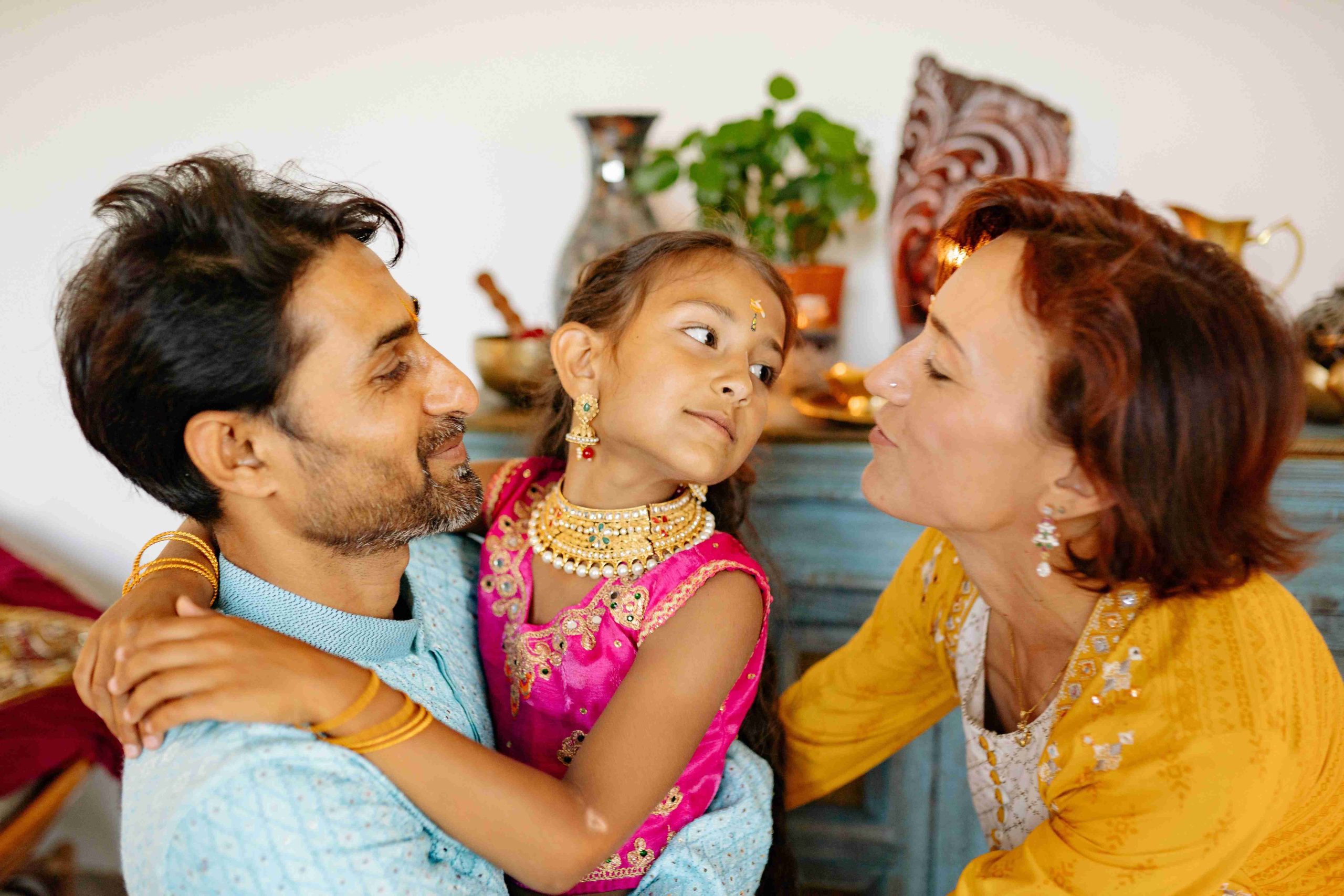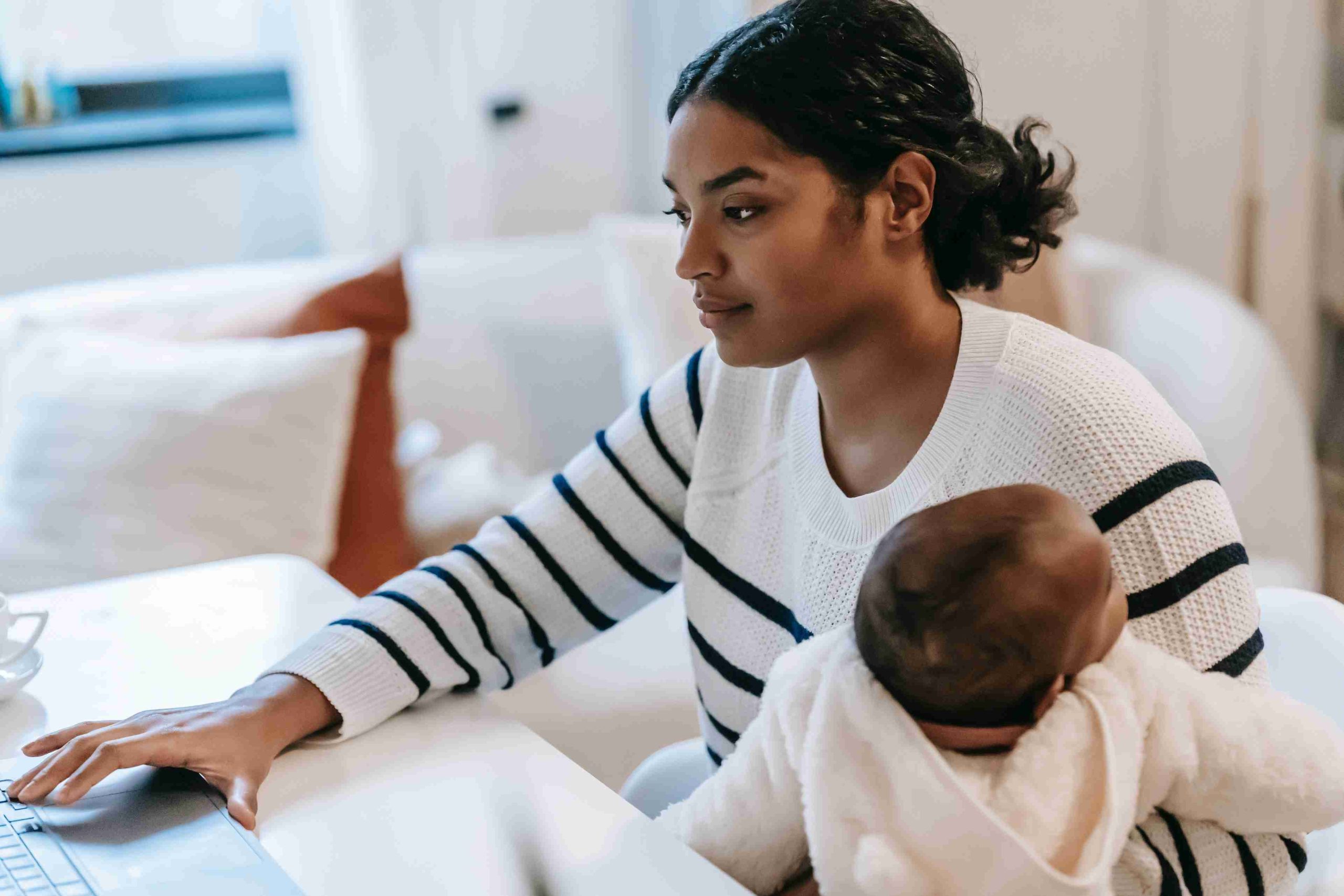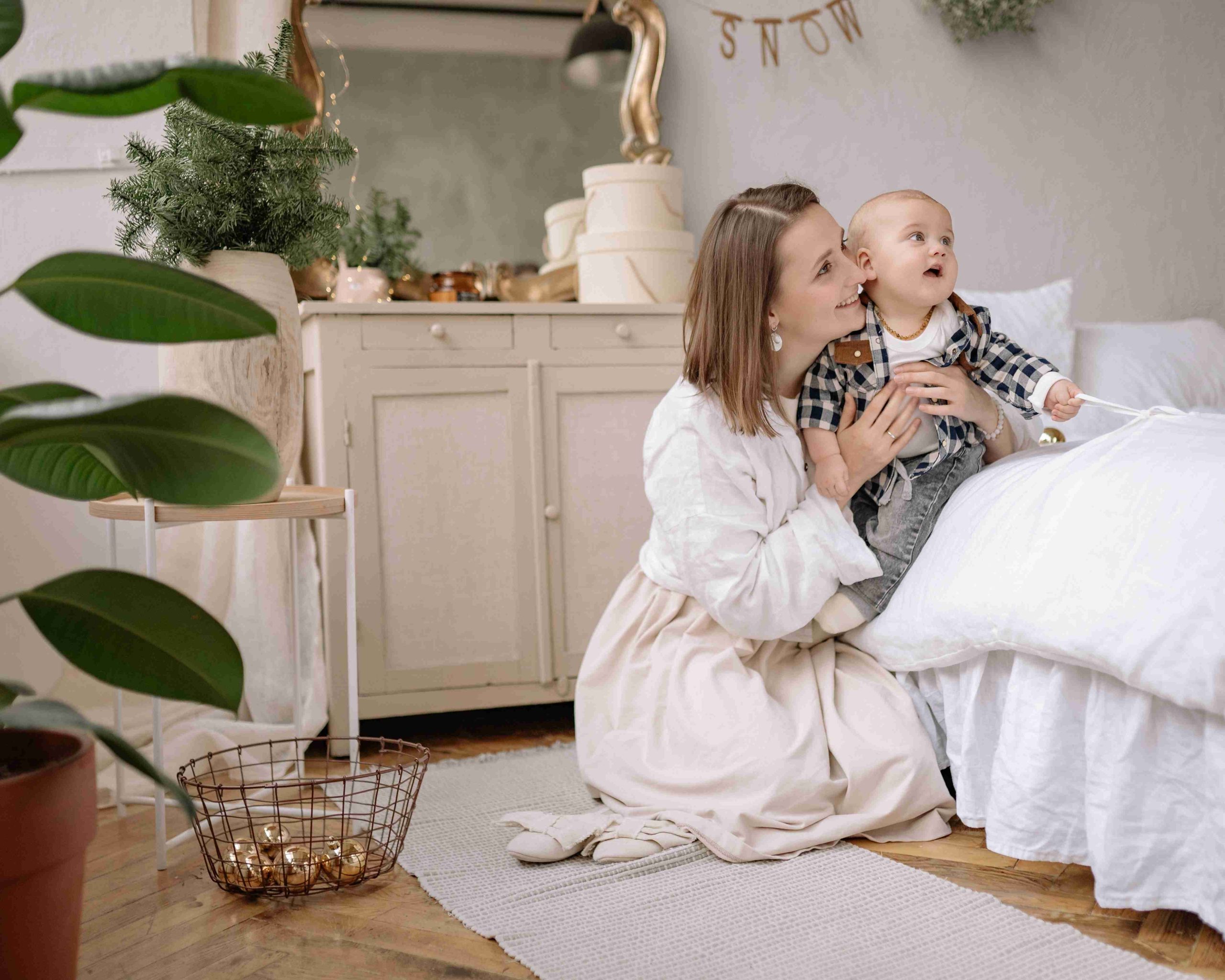
Do you remember the fear and anxiety you felt as a child? Do you still experience those same emotions in adulthood? If so, you’re not alone. This blog post will explore the common childhood fears and anxieties that many of us may still face.
What is Fear?
Fear is a normal human emotion and is even more pronounced in children. It is an instinctive response to danger that signals the body to take action. Fear can manifest in physical symptoms such as increased heart rate, sweating, and shaking. It can also result in cognitive and behavioral responses such as avoidance of dangerous situations or the need to seek help from an adult. While it can be uncomfortable, fear serves the essential purpose of helping protect children from harm. Fear is a healthy emotion that should not be ignored or suppressed in most cases, as it can help children stay safe.
What are Common Fears in Childhood?
It is normal for children to experience some level of fear, particularly as they grow and gain more knowledge of the world around them. Common fears in childhood include separation anxiety, fear of the dark, fear of animals, loud noises, bad weather, fear of being home alone, and fear of masks. Toddlers and preschoolers may also be scared of snakes and spiders. According to one study, 43% of children between the ages of 6 and 12 had many fears and concerns. It is essential to talk to your child about their fears and help them learn how to cope with them healthily.
What is Generalized Anxiety Disorder in Children?
Generalized anxiety disorder (GAD) is classified as a mental health problem that can cause a child to have a lot of worry and fear. It can interfere with their school, home and social life, causing them to experience distress. Symptoms of GAD can include excessive worrying, difficulty concentrating, fatigue, irritability, sleep issues and muscle tension. It is best to be aware of the signs of GAD so that you can provide the right support for your child. With the right help and support, children with GAD can learn how to manage their fears and anxieties and live happy lives.
How to Cope with Fears and Anxieties in Children?
Coping with fears and anxieties in children can be a challenging experience for both parents and their children. It is important to remember that fear and anxiety are normal emotions and feelings, but they should not be taken lightly. Parents can help their children cope with fear and anxiety by validating their feelings, talking about the facts, taking small steps, and providing support. Take the time to listen to your child’s concerns, no matter how irrational they may seem. Please encourage your child to talk about their anxieties so that you can better understand them and provide reassurance. It is also essential to create a safe environment where your child can openly discuss any fears or anxieties. Once you clearly understand your child’s fear or anxiety, you can help provide them with the support and tools necessary to cope.
How to Support Your Child Overcome Their Fears?
It is vital to support your child as they learn to cope with their fears. Please encourage them to talk about their anxieties, take their feelings seriously, and provide reassuring touch. Break the fear into more minor worries and steps your child can manage, and involve them in this process. Ensure your child knows how proud you are when they face fear, and give them plenty of praise and encouragement. Be patient, be understanding and help your child understand the facts behind their fears – gently correcting misconceptions they may have. Showing your child that you believe in them will help empower them to take control of their fear.
Talk to Your Child about Their Fears
Talking to your child about their fears is important to help them understand and manage them better. Start by taking their feelings seriously and empathizing with them. Let them know that many children have fears, and encourage them to talk about what they are feeling. Explain the facts of the situation, break the fear into smaller worries and steps that your child can deal with, and involve them in the process. Reassure your child that it is normal to be scared of different things and that you are there to help them work through their fears. Lastly, provide gentle touch, as words alone may not be enough to comfort your child.
How to Help a Child Cope with Big Life Changes?
When facing significant life changes, it is essential to remember that children may experience fear and anxiety. To help them cope, it can be helpful to talk openly about the changes, make them feel secure, and allow them to express their feelings. Give your child plenty of time to adjust, and ensure they have access to support systems such as family, friends, and mental health professionals if needed. Helping your child come up with a plan to face the changes can also be beneficial. Please encourage them to take small steps towards their goals and celebrate their successes. Finally, ensure your child knows that you are there for them and will always be a source of support.
What are the Main Signs of an Anxiety Attack in Children?
Children who experience an anxiety attack may feel a sudden and intense sense of fear, panic or dread. This can be accompanied by physical symptoms such as increased heart rate, sweating, trembling, shortness of breath and feeling sick. Other signs may include extreme avoidance of social situations or feeling terrible when they have to participate in them; physical symptoms like shaking, sweating or trouble concentrating; and isolating themselves. In extreme cases, kids with GAD may experience physical symptoms because of their worries, like headaches and stomachaches. It is important to note that these signs are not unique to anxiety attacks and can also be associated with other issues such as depression or other mental health issues. If you suspect your child is experiencing an anxiety attack, it is best to talk to them about it and seek professional help if necessary. With the proper support and guidance, children can learn how to cope with their anxieties and fears in healthy ways.
What Role Does Technology Play in Childhood Fears and Anxieties?
The ever-evolving world of technology presents a paradoxical challenge for children, as it may alleviate or exacerbate their emotional distress. While technological gadgets like smartphones and tablets are a ready resource that may potentially distract children from their worrisome thoughts and imbue them with a perception of security in arduous circumstances, an overindulgence in technology could plunge them into a negative spiral of mental health issues, rendering them woefully isolated and bereft of authentic human interaction. In light of these opposing forces, parents must undertake the responsibility of drawing reasonable boundaries around their children’s technology usage and ensure that they also get abundant opportunities to engage in recreational activities that foster resilient coping mechanisms, such as outdoor play, sports, and bonding with peers in social settings.
Conclusion
In essence, childhood is often fraught with feelings of dread and unease, which can sometimes serve a purpose. Fear, for instance, can function as a safeguard that urges children to be wary of novel or precarious circumstances, thereby keeping them out of harm’s way. Nonetheless, it is crucial to distinguish when fear transforms into an extreme and unfounded emotion, as this could indicate the presence of an anxiety disorder. Therefore, it is incumbent on parents and guardians to collaborate with their children to comprehend their apprehensions and fears and proffer them the requisite support to grapple with these emotions in a constructive manner. Technology, too, can lend a hand in assuaging children’s fears and anxieties by endowing them with access to resources and networks that can help them deal with these sentiments more effectively.




